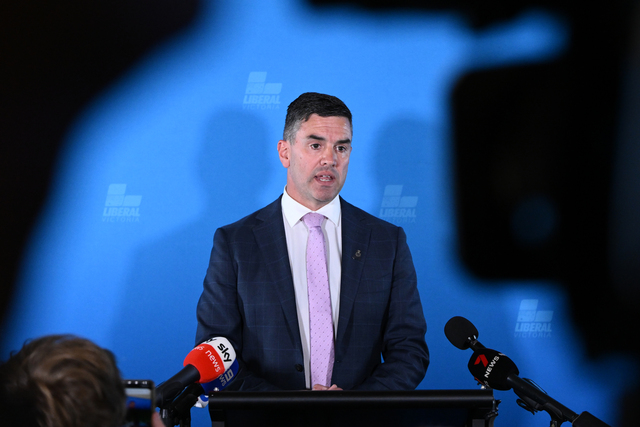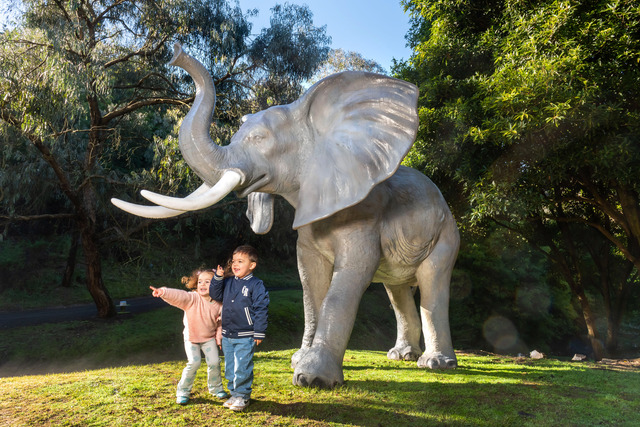THE Australian Garden in Cranbourne Botanic Gardens has been selected as one of 13 top parks from around Australia and will be featured in an exhibition at the National Museum of Australia.
The Parks Changing Australia exhibition forms part of the 202020 Vision initiative that aims to increase urban green space by 20 per cent by the year 2020.
The Australian Garden at Cranbourne was selected by a panel of judges from around the country to showcase how important parks are to communities and culture in Australia.
The Australian Garden takes up 15 hectares of the Royal Botanic Gardens at Cranbourne and showcases a variety of native plants and features.
Josh Byrne, an advocate of 202020 Vision, said parks and gardens play an important role in the Australian psyche.
“For many, the Australian lifestyle has been synonymous with parks like it is with beaches,” he said.
“Whether it’s playing cricket or footy at the local park, or walking the dog, open areas of green space have provided great value to our quality of life.”
Mr Byrne said the goal of the 202020 Vision initiative is to bring communities together in newly developed areas by the shared use of parks and gardens.
“As more people live in our city and with smaller backyards, the role of well thought-out parks, green spaces and civic spaces will continue to grow more and more important,” he said.
“By 2020, we hope to see more unused spaces turning into green usable areas that all community members can enjoy.”
The 202020 Vision initiative is a collaborative national approach of more than 350 industry, councils, State and Federal Government bodies, business and not-for-profits sectors working together to increase the green capital of rapidly developing cities.
The Parks Changing Australia exhibition will be on display in the Circa Corridor of the National Museum of Australia, Canberra, until April 2017.
Walk in the park for nation’s best

Digital Editions
-

Battin critical of government response to alleged childcare sex offender
This article includes details of alleged child sexual offences that could be distressing to readers. Berwick MP and opposition leader Brad Battin has been critical…





